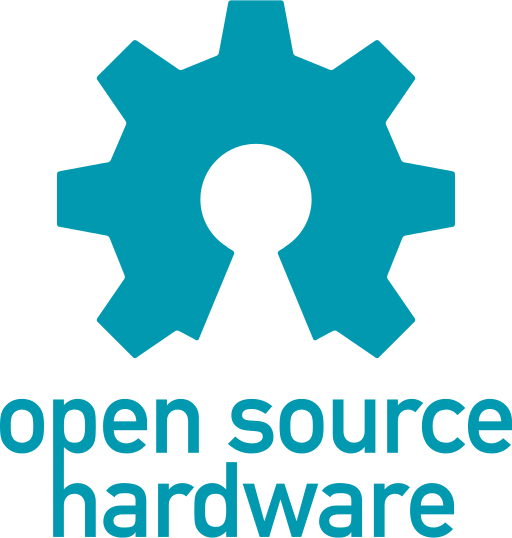A wide range of open-source hardware that includes healthcare sensors and low-cost single-board computers are readily available on the consumer market. The Arduino, arguably one of the most widespread and successful open-source hardware platforms, contains a microcontroller with an easy-to-use development environment that makes it ideal to build devices. It has a large community of supporters, and there are open software libraries availables to simplify many tasks.
The radical shift in approach is that these new designs are open. In principle, anybody can build an Arduino, because its full design specification is available for anybody to use. This openness has stimulated many people to build a huge range of sensors and other devices that are compatible with it. Ironically, being open rather than protecting their designs (eg, with patents) has vastly increased their sales and lowered prices through stimulating a worldwide marketplace.
Why is open-source hardware a good idea for medical devices? Making the hardware design available under an open-source license allows anyone to improve and contribute to the device design, leading to very innovation compared to traditional methods. [i] [ii] It also enables the design to be modified for very specific uses, and makes the devices easy to repair, factors which also reduce the impact these devices have on the environment. An open-source medical device increases safety, security and robustness by allowing more people to inspect and improve its designs. [iii] In fact, it is so dificult to develop good computer security that the best encryption algorithms are always developed in the open to allow others to inspect and improve them. [iv] Furthermore, if open-source and the physical interfaces standardised, vendor lock-in can be prevented. Open-source also allows many manufacturers to use the same design but differentiate in other ways in order to compete, for example on usability, support or wider interoperability with other devices. The same approach can improve medical devices.
[i] Pearce JM. Quantifying the value of open source hardware development.
[ii] Chao TE, Mody GN. The impact of intellectual property regulation on global medical technology innovation. BMJ Innov 2015;1:49–50.
[iii] Williams A, Gibb A, Weekly D. Research with a hacker ethos: what DIY means for tangible interaction research. CM Interact 2012;19:14.
[iv] Doctorow C. Information doesn’t want to be free: laws for the internet age. McSweeney’s. 2014.

